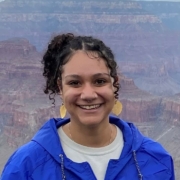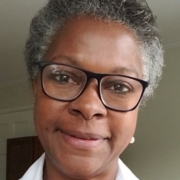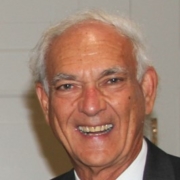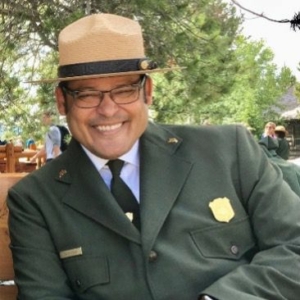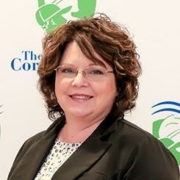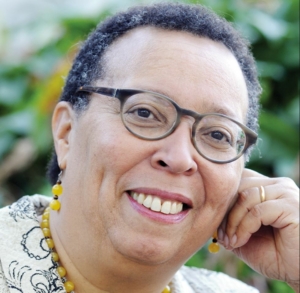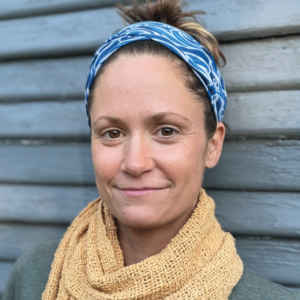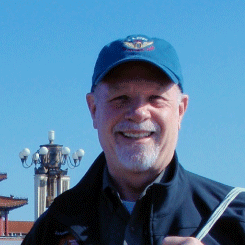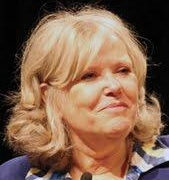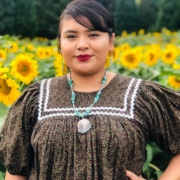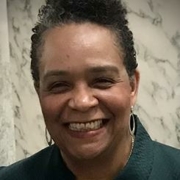What is a Corps?
Corps are local organizations that engage young adults (generally ages 16 – 30) and veterans (up to age 35) in service projects that address conservation, resilience, disaster response, and community needs. Through a term of service that could last from a few months to a year, Corps participants – or “Corpsmembers” – gain work experience and develop in-demand skills. Corpsmembers are compensated with a stipend or living allowance and often receive an education award or scholarship upon completing their service. Additionally, Corps provide participants educational programming, mentoring, and access to career and personal counseling. Some Corps operate or partner with charter schools to help participants earn their high school diploma or GED.
History
Modern Corps descend from the Civilian Conservation Corps (CCC): a Great Depression-era federal work relief program that mobilized 3 million young men to dramatically improve the nation’s public lands. Corpsmembers received food, shelter, education, and a $30-a-month stipend. From 1933 – 1942, the CCC planted 3 billion trees and helped build trails, roads, campgrounds, and other park infrastructure still in use today.
Unlike the CCC – which was a large, federal program – most modern Corps are nonprofits or are operated by units of state or local government. Through public-private partnerships, Corps work with a range of organizations, companies, government agencies, and institutions to engage Corpsmembers in meaningful projects that address local and national issues. Many modern Corps utilize AmeriCorps grants through the Corporation for National and Community Service to support Corpsmember positions.
Who serves in Corps?
Just about anybody between the ages of 16 – 30. Some Corps also offer programs for military veterans up to age 35. All sorts of young people serve in Corps, representing different abilities, life circumstances, and different ethnic, cultural and socio-economic backgrounds.
What types of projects do Corps complete?
It varies based on where the Corps is located. Some Corps complete projects in remote wilderness areas or rural communities, while other Corps serve in places like New York City and Los Angeles. Depending on the needs of the local community, projects could include building and restoring trails; removing invasive species and restoring habitats; conducting prescribed burns and fighting wildfires; preserving historic structures; installing fencing and other park infrastructure; planting trees; reclaiming abandoned lots; operating farms and gardens; landscaping and xeriscaping; weatherizing low-income homes; removing graffiti; restoring streams…the list goes on! Corps focus on conservation, resilience, sustainability, and community improvement.








